By Sean Fagan
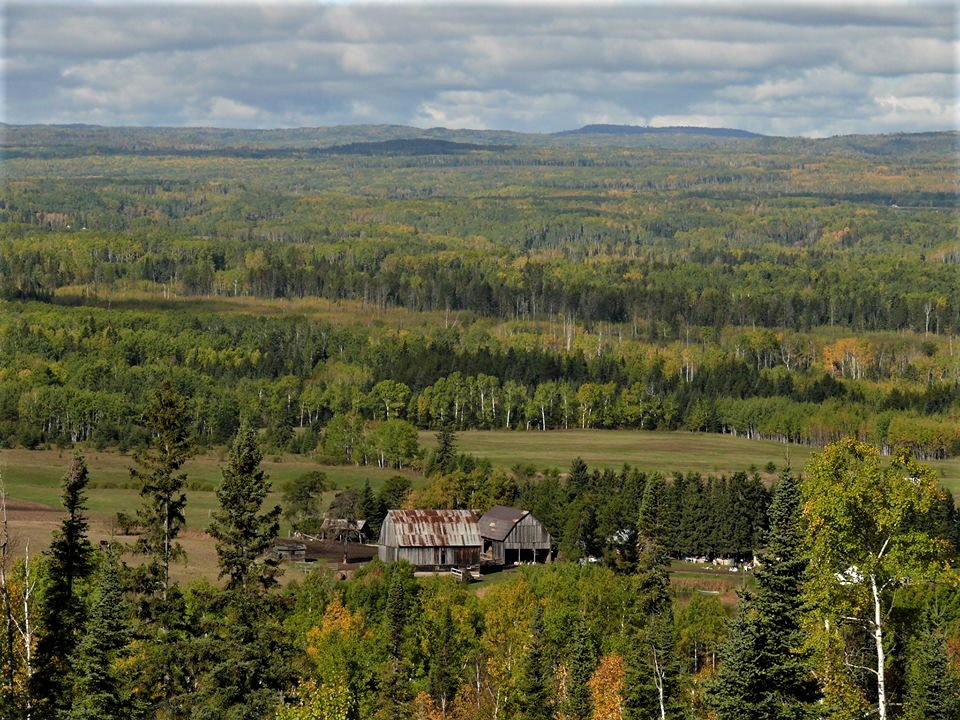
In this blog post I'll be sharing with you 4 Summer Hazards of the Northern Woods - which will be split into two parts:
Part 1 covers the hazards of FOREST FIRE and HEAT STRESS.
Part 2 covers the hazards of NAVIGATIONAL ERROR and DANGEROUS ANIMAL ENCOUNTERS.
This post is based on my own, multi-month trips to the Northern woods - so it's based on experience, not theory. I Hope you enjoy reading it.
An Introduction:
THE NORTHERN WOODS
“Stretching across the northern world like a wide green necklace, the boreal woods covers much of interior Alaska, Canada, Russia and northern Europe".
When considering some of the alternative names for the great coniferous woods of the Northern hemisphere...the Great North Woods, the Boreal Woods, The Snow Woods - one can get a sense of not only their vastness but also of the climate (cold & snowy).
The Northern woods are indeed vast and cold. Long, snowy winters envelop the Northern woods for 5-7 months of the year.
But what's often overlooked about the Northern woods are the short summers.
The First Nation tribes of North America that inhabited the Northern woods would often take to their canoes during summer. Gone was the ice and snow that hid the rivers and lakes. Now was the time of the canoe to get around.
But it's very easy to be lulled into a false sense of security during the warm, sunny summers of the Northern woods - but the hazards are very much there.
In this blog post I've listed four of the more common hazards of summer that I've experienced while wild camping, canoeing and hiking in the Northern woods.
I've compiled these tips from direct experience - mostly from a three month, camping trip in northern Maine, USA - and from a lot of outdoor experience in Ontario, Canada.
This blog post is targeted towards all people that want to explore the Northern woods whether they are campers, hikers or canoeists - whether they like to go out for a half-day, full day or camp out for days, even weeks.
Be warned though - this is not a comprehensive list of hazards when camping in the Northern woods - but they are certainly some of the more common hazards I've encountered in the Northern woods.
You may think I'm reluctant to encourage wild camping trips in the northern woods - nothing could be further from the truth.
The Northern woods canoeist, Bill Mason, sums up my attitude on this amazing wilderness..."It's a feeling of almost euphoria, I'm out here and I've got a canoe load of food and I don't have to be back by a set time....it's just the greatest feeling of freedom I know".
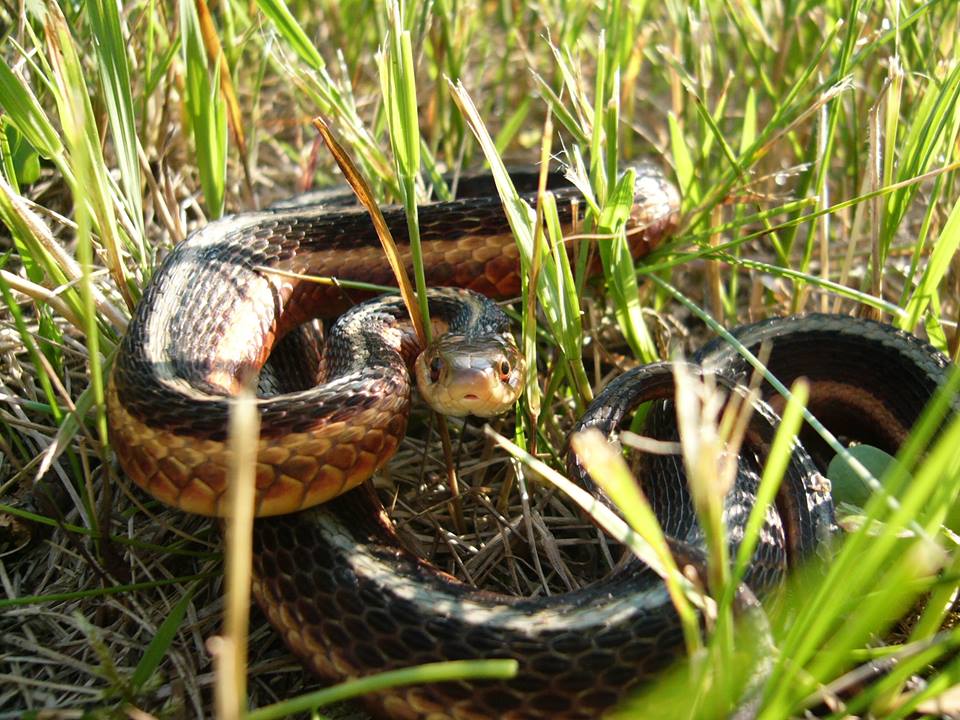
PART 1
CAMP-FIRE HAZARDS & HEAT STRESS
- Fire Hazards
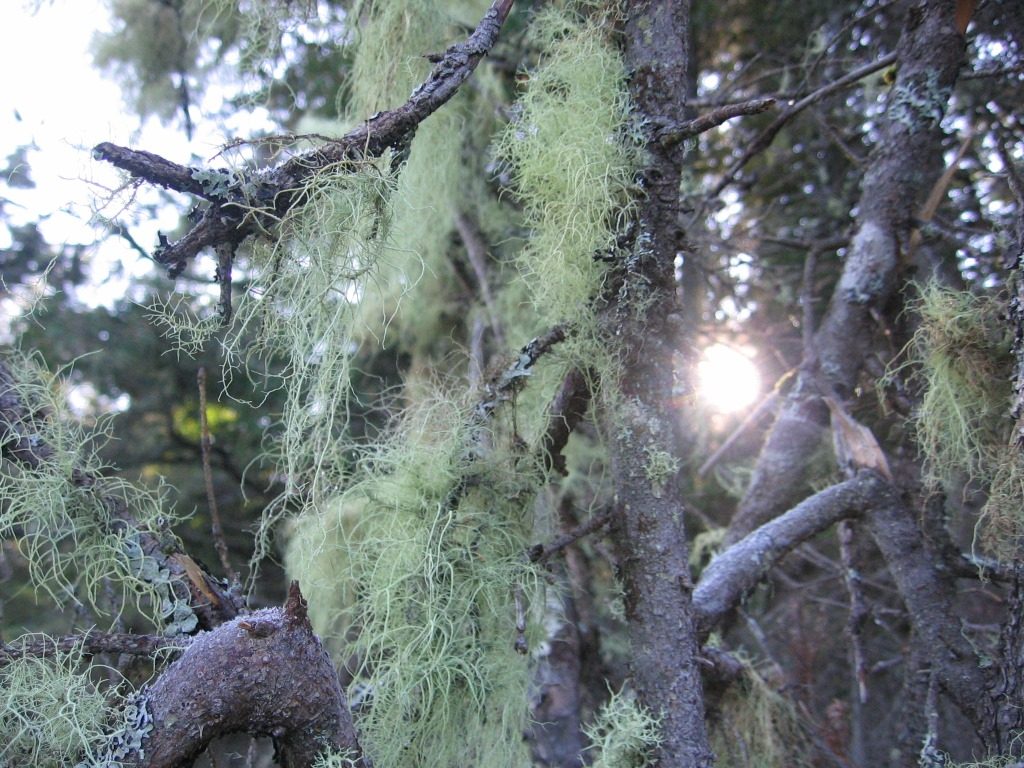
If you've ever walked through the Northern woods during summer - you'll often hear something - the dry crackle of leaves and snapping twigs underfoot.
The summers of the Northern woods generally experience scant rainfall. When I lived in Ontario for a summer, there was only 11 days of rain in three months. The woodland floor was rarely damp during my stay.
Great swathes of the Northern woods often require fire for regeneration - so what you often get when visiting the Northern woods during summer - is a landscape primed for fire.
In such a tinder-dry landscape it's fairly obvious that a campfire can rapidly spread - with the potential to transform into a blazing forest fire in an alarmingly short time.
Below, is a Six Step plan of action to good fire skills in the Northern woods...
(1) Where to Light a Campfire:
When possible, place your campfire near water....a stream, a lake, even a pond or marsh. That way, when you are finished with your campfire you'll have plenty of water to douse out the fire and soak the hot soil underneath. Having a nearby water source is also good for cooking, swimming, cleaning, hydration - and for cooling campfire burns in the unlikely event they occur. Thankfully, the Northern woods generally has an abundance of lakes and rivers (try to plan your route to avail of these lakes/rivers).
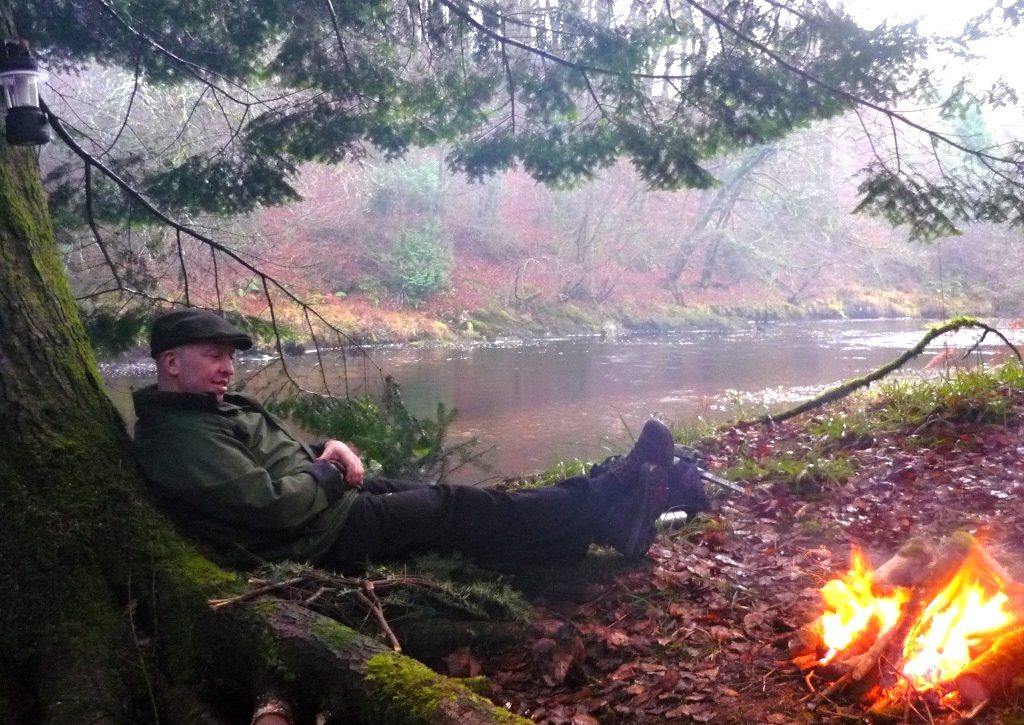
(2) What to Put a Campfire on:
Plan to have your campfire on mineral soil, or if pressed, on rock. Do not light a fire on organic soil (soft, turfy soil). This type of soil can smoulder for days. Having a campfire on a rocky outcrop is not ideal as it can leave an ugly fire scar but sometimes it's the best choice. There are often many rocky outcrops along rivers in the Northern woods, generally less so along lakes (this can vary from place to place).
3. Camp Fire Preparation: Clear away at least 2 metre square of all debris on the woodland floor before lighting a campfire. What you want is bare soil (or rock). You might get away with not clearing away an area for your campfire in damper countries (where there is less fire risk) - but it's risky to do so in the Northern woods in summer. When I lived in Ontario for three months - there was a forest fire about 200 km north of where I was staying. It took the emergency fire services almost two weeks to put out the fire....two weeks! The fire decimated thousands of acres of woodland (this was not an unusual event in that part of the world as locals in a nearby village cafe I used to occasionally visit would barely chat about this huge forest fire).
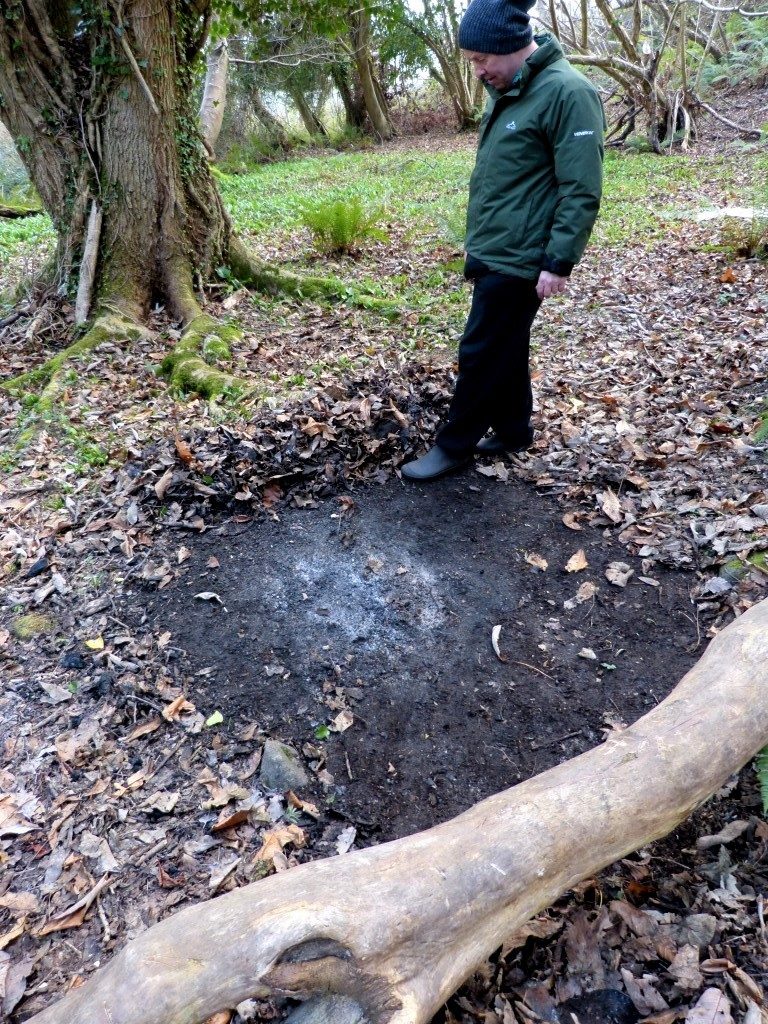
4. Types of Fuel: Fuel selection is important - if possible avoid sparky wood (wood that throws sparks when burning). Sometimes you have to burn whatever is to hand - so if you have to use sparky fuel be extra watchful - and place all potential fire hazards, such as backpacks or tents, far away from shooting sparks.
5. Never Leave your Fire Alone: Be attentive to your fire. This is important. Of course you might have to briefly go somewhere - to get something from your backpack for example, but don't leave your campfire for more than a few minutes and try to maintain a clear line of view to your fire at all times. It's always a good idea to have a container full of water near your campfire - to quickly douse out an uncontrolled campfire.
6. When finished with your fire - soak, soak and soak again. Don't hold back on thoroughly soaking your campfire and the soil under the campfire with plenty of water. The roots of the coniferous tree species that dominate the Northern woods can smoulder for a long time and start a fire at a later time - so it's important to drench the soil under a campfire when finished. Also, make sure to poke the soil with a sharp stick (poke about 6 inches deep) and pour water into these holes - then quickly churn the soil with the stick to release any remaining heat. I then cover the campfire with woodland soil, which I soak thoroughly with water - just in case.
2. Respect the Heat and Sunshine
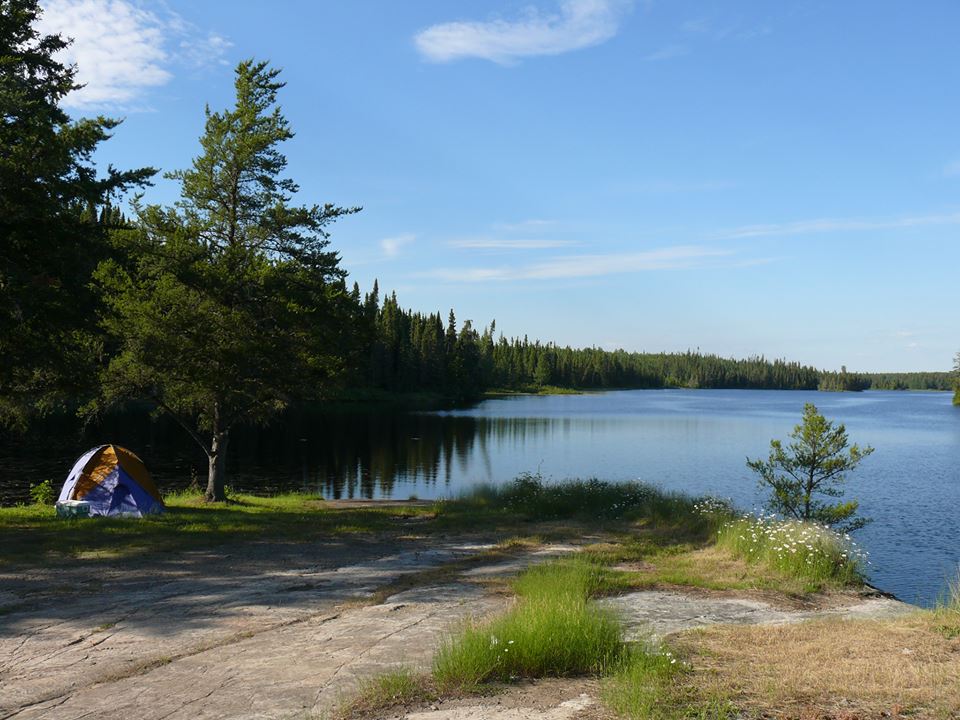
Summertime in the Northern woods can be captured in two words: hot and sunny. During the first two weeks of July during my summer-long stay in Ontario - the temperature occasionally hovered at 40 degrees centigrade (104 degrees Fahrenheit). That's hot. What often made it worse was the uncomfortably high humidity.
Heat stress is potentially debilitating. It needs to be respected. I’ve experienced heat stress once before, while overdoing a 3-day hike in hot weather in south France.
I had to rest up for two full days. It was a draining and disorientating experience - but it could have been a lot worse. Of course, it's an experience I never want to repeat.
Avoiding heat stress is fairly straight forward but like a lot of outdoor skills and knowledge - its remembering to use them at the right time that's key.
When it comes to heat stress - preparation is important.
Most of the following tips I offer in avoiding heat stress are basic, but at the risk of repeating myself - it's remembering to use them at the right time that is key.
7 Simple Tips on How to Avoid Heat Stress
(1) Wear a wide-brim SUN HAT on your head, a BANDANNA around your neck and a long-sleeved, loose SHIRT.
These items of clothing will go a long way in protecting you from sunburn. Sunburn can be an exacerbating factor in heat stress.
(2) Occasionally soak your hat, bandanna and shirt in water. If it's hot out and you're near water - soak these items in water. This will greatly cool you down. This is one my favourite ways of cooling down - it really works. Often overlooked in cooling the body is the neck - a soaked bandanna tied loosely around the neck is surprisingly cooling - as the large blood vessels of the neck, near the skin surface, are directly cooled.
(3) Avoid, when possible, the midday heat. Plan to be most active either during early to mid morning or late afternoon/early evening. A well planned midday siesta in the shade is a good idea.

(4) Swim, paddle, sit or lie down in water. The Northern woods are dotted with many lakes and lined with many rivers. Often these lakes and rivers are large. If you're hiking, it might not be possible to hike along rivers and lakes due to thick forest growth or swampy areas - but you usually can intersect a river or lake with good route planning from studying a map (both physical and online/downloaded maps). This is where good navigational skills and map reading come to the fore (remember, online/downloaded maps are vulnerable to moisture, extreme temperatures etc in the outdoors - which is why I strongly believe that competence in the far more robust system of water-proof maps and compass are a priority while online or downloaded maps are supplementary).
(5) Shade is your friend. The following quote pretty much says it all (and is applicable to the Northern woods) - "In the empire of the desert, water is the king and shade is the queen" ~ Mehmet Murat.
Never underestimate the influence of shade, especially when you are near so much forest in the Northern woods. When the biting insects are bad in the woods - I occasionally erect a tarp out in the open, by the banks of river or lake where it's breezy. The tarp is often suspended between two tripods made from branches. The wind does two things - it's cooling and it blows away the biting flies (most biting flies, such as mosquitoes, are weak flyers).
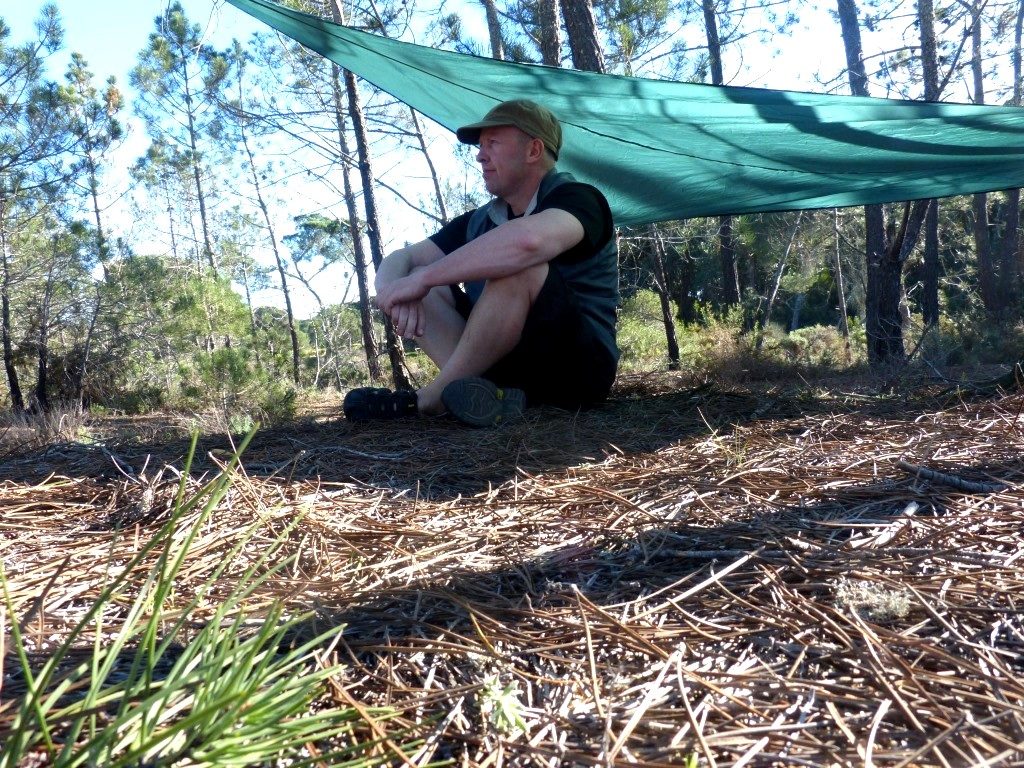
(6) Frequently apply high strength sun lotion on exposed skin. I'll be honest - I much prefer to cover up with clothes and a hat than applying lotion. But I always carry a small bottle of sun protection lotion - travel size (A minimum of factor 30).
(7) Hydrate, hydrate , hydrate. My hydration plan is very simple in hot, sunny weather. Before breakfast I drink about 500 ml (1 pint) of water. After breakfast, I'm sipping water throughout every waking hour - except the last 1-2 hours of the day. On average, I drink between 3 litres to 6 litres of water per day, depending on how active I am and how hot and sunny it is. When I'm well hydrated I urinate frequently and copiously throughout the day and my urine is usually very clear. This is what it takes to be fully hydrated when living outdoors and exerting yourself in a hot climate. There are times when I can't sip water for a extended period of time, but I always catch up by drinking more water later. I'm fastidious about hydration and I strongly suggest you do the same. There have been a handful of times when I was short of water and became moderately dehydrated. They were not pleasant experiences. Learn from my mistakes.
Bonus Tip:
THE BIGGER THE LAKE, THE COOLER THE CAMP: When I was exploring the woods of Ontario, I was located about 20 km inland from one of the most massive bodies of freshwater in the world - Lake Superior.
It was often oppressively hot and humid - mostly because of the surrounding, dense woods - which effectively blocked any cooling breezes from passing through.
One day however, I managed to get out to Lake Superior. A stiff, cooling breeze passed over the huge lake, and graced the shoreline where I stood. It was like being in a different country. Gone were the biting flies, oppressive heat and humidity. I can't stress how pleasant it was. It came as no surprise to myself when I found out that, historically, some of the local Ojibwa people would move from their inland winter camps to the cooling, breezy shores of Lake Superior during summer.
This realisation really hit home to myself that all my future trips in the Northern woods will be centred around lakes (or large rivers - large rivers often funnel cooling breezes).
One final tip - if you can find a large lake to camp by, try to select the shoreline that's in the direct path of the wind. If the wind is coming from the south - then the northern shore will receive the most wind (lake peninsulas are often good camping spots as they are often in the path of cooling breezes).
I've written a blog post closely related to this post - about camp fire safety in dry woodlands. I think you'll find it useful and relevant:
Other related posts on this website:
Coming soon...
Part Two: Two Northern Woods summer hazards: Navigational Error and Dangerous Animal Encounters.

Recent Comments